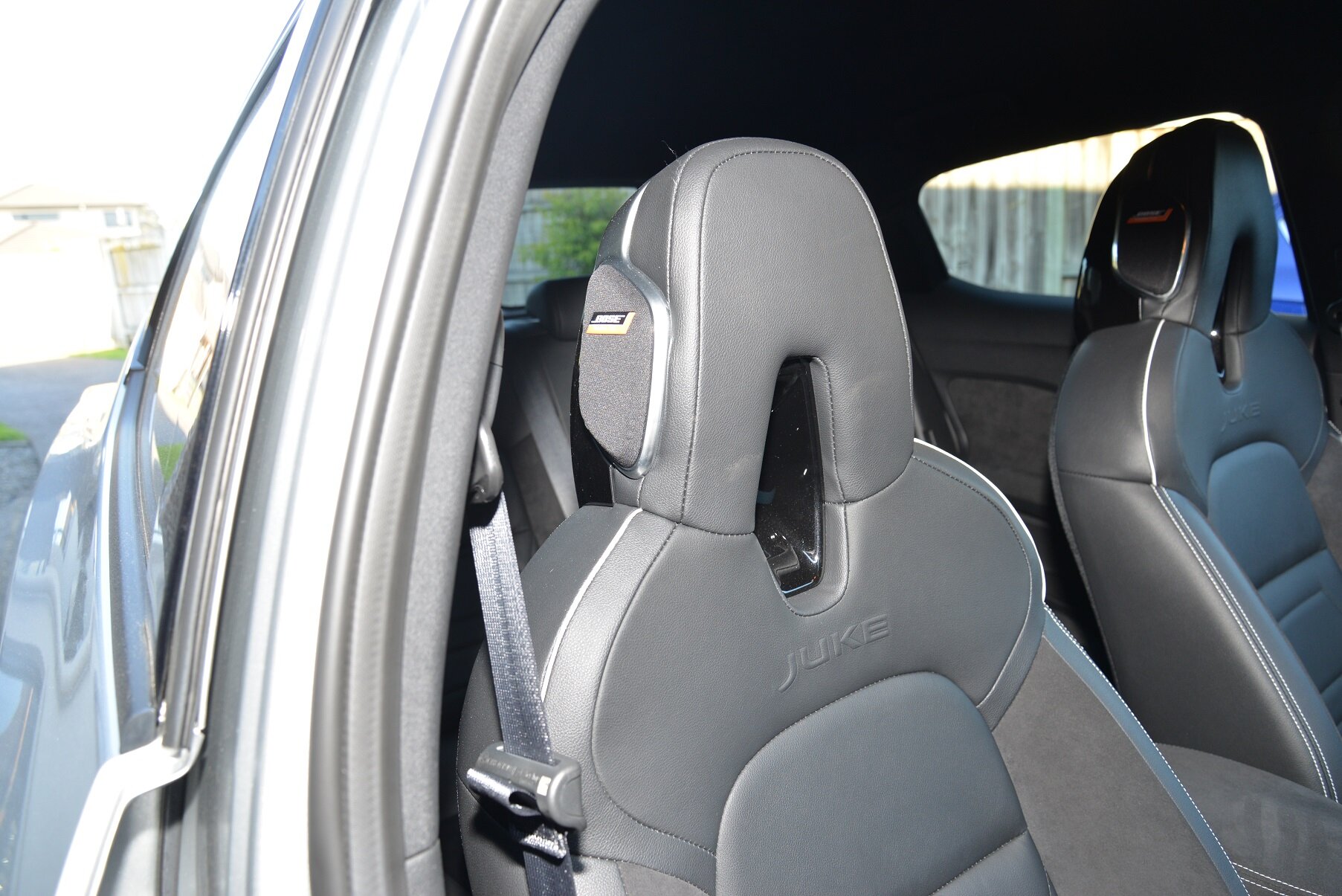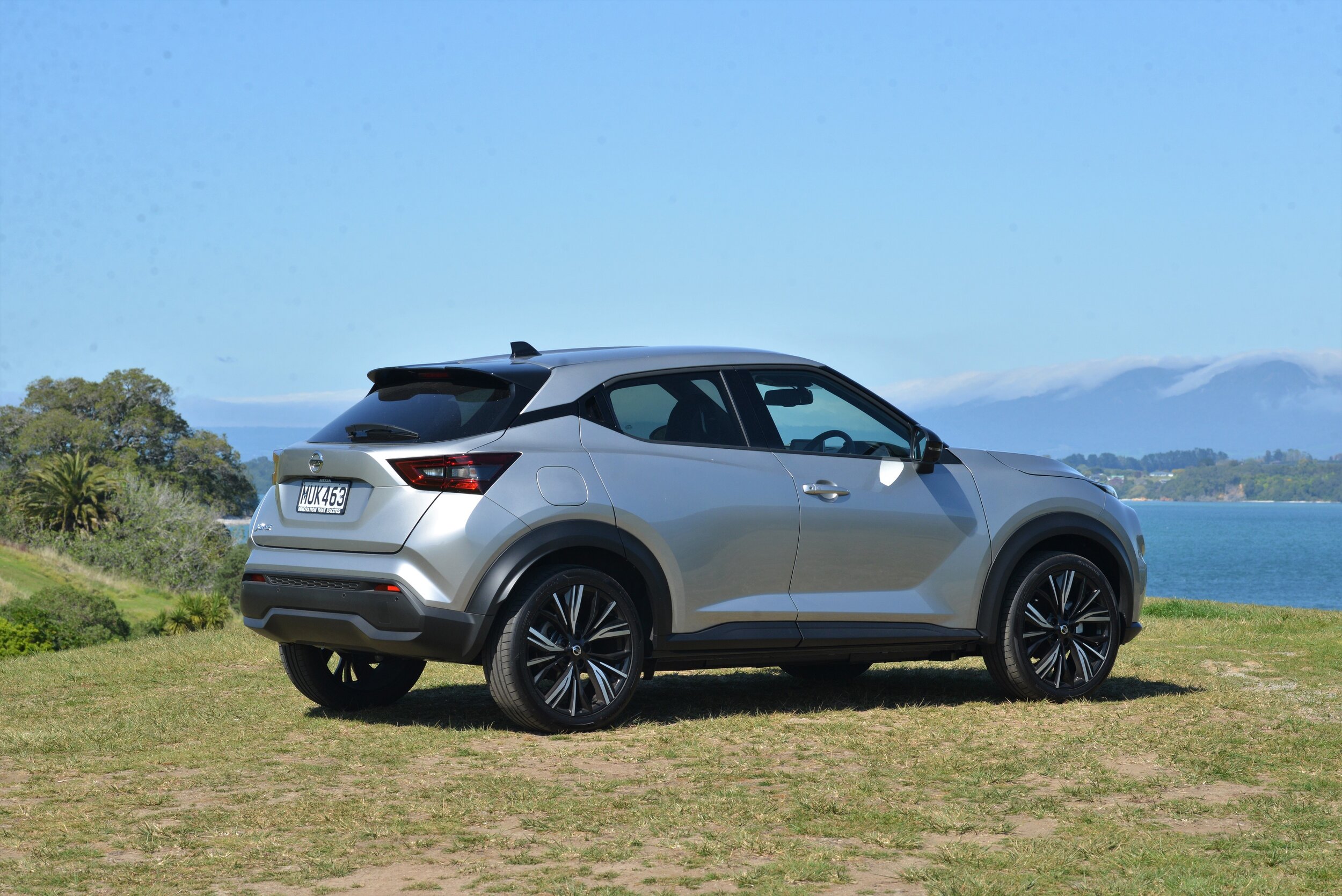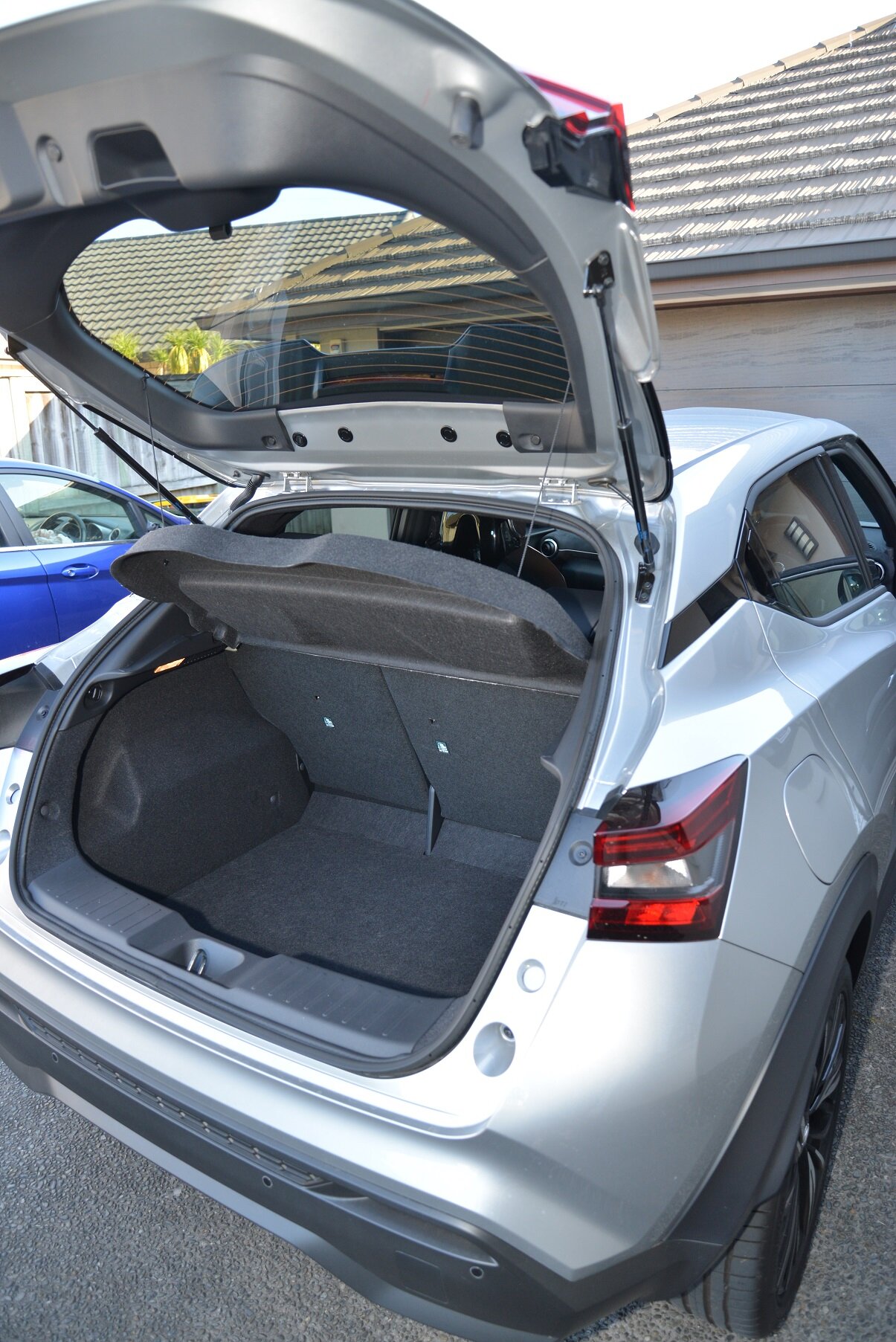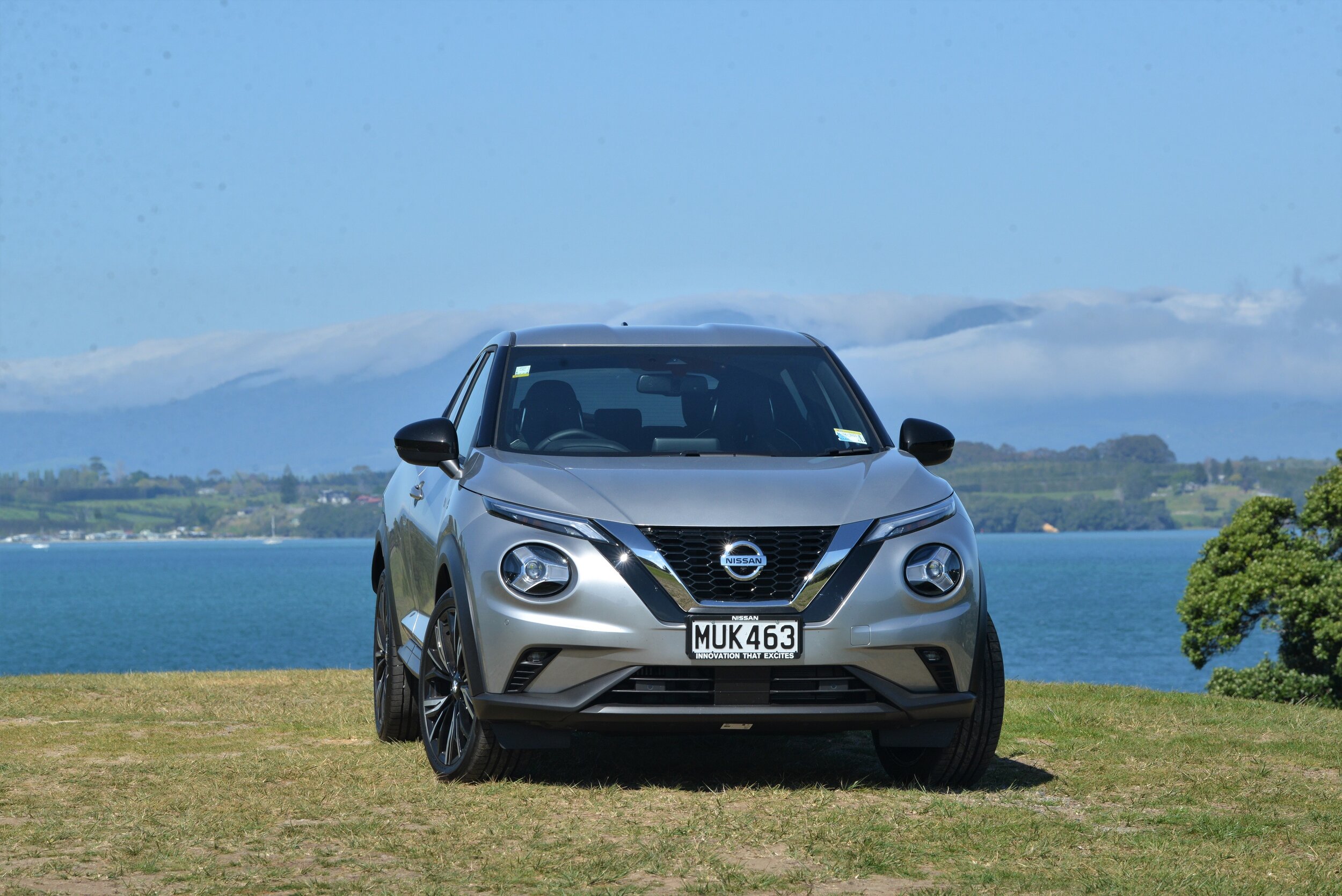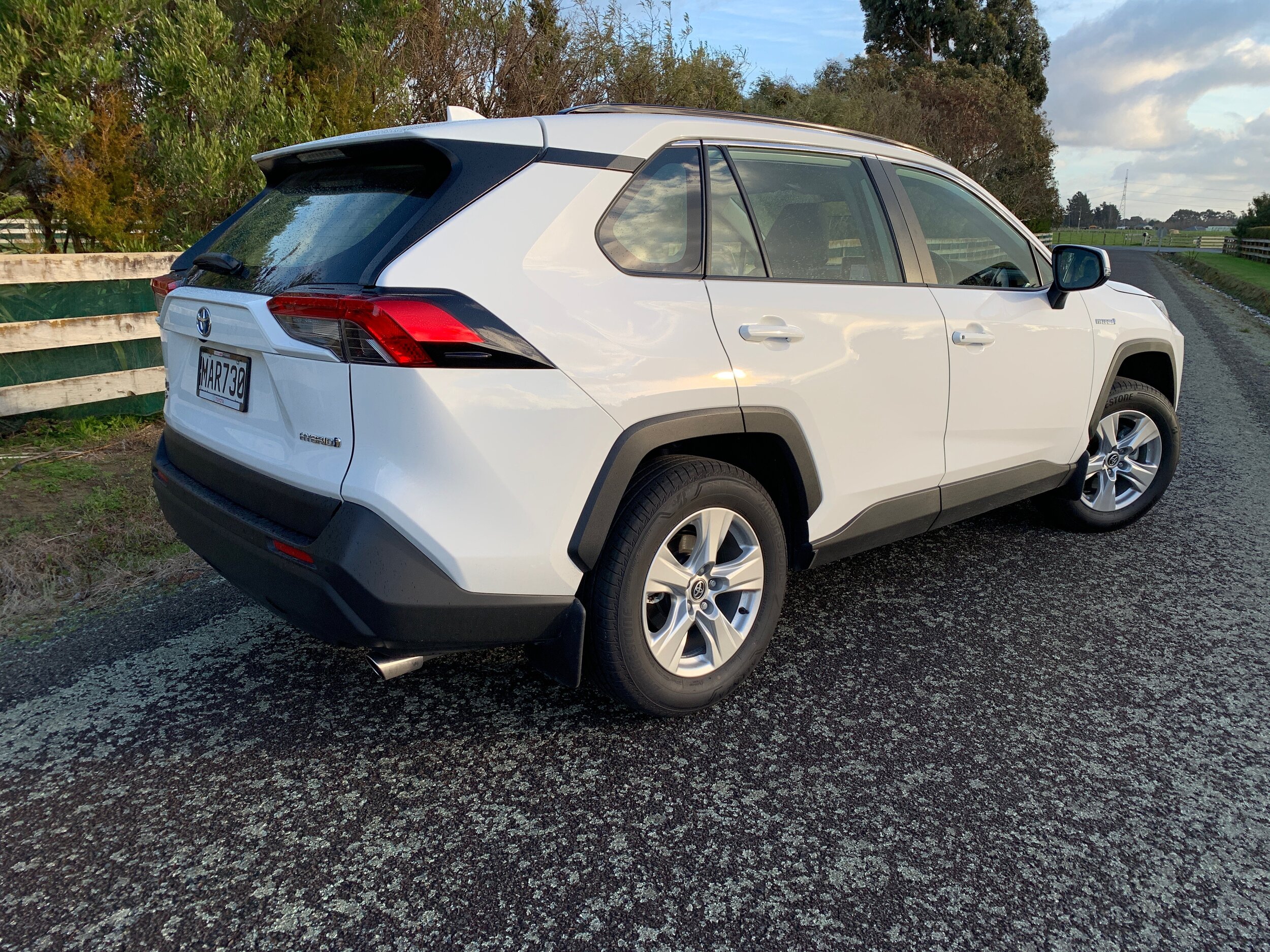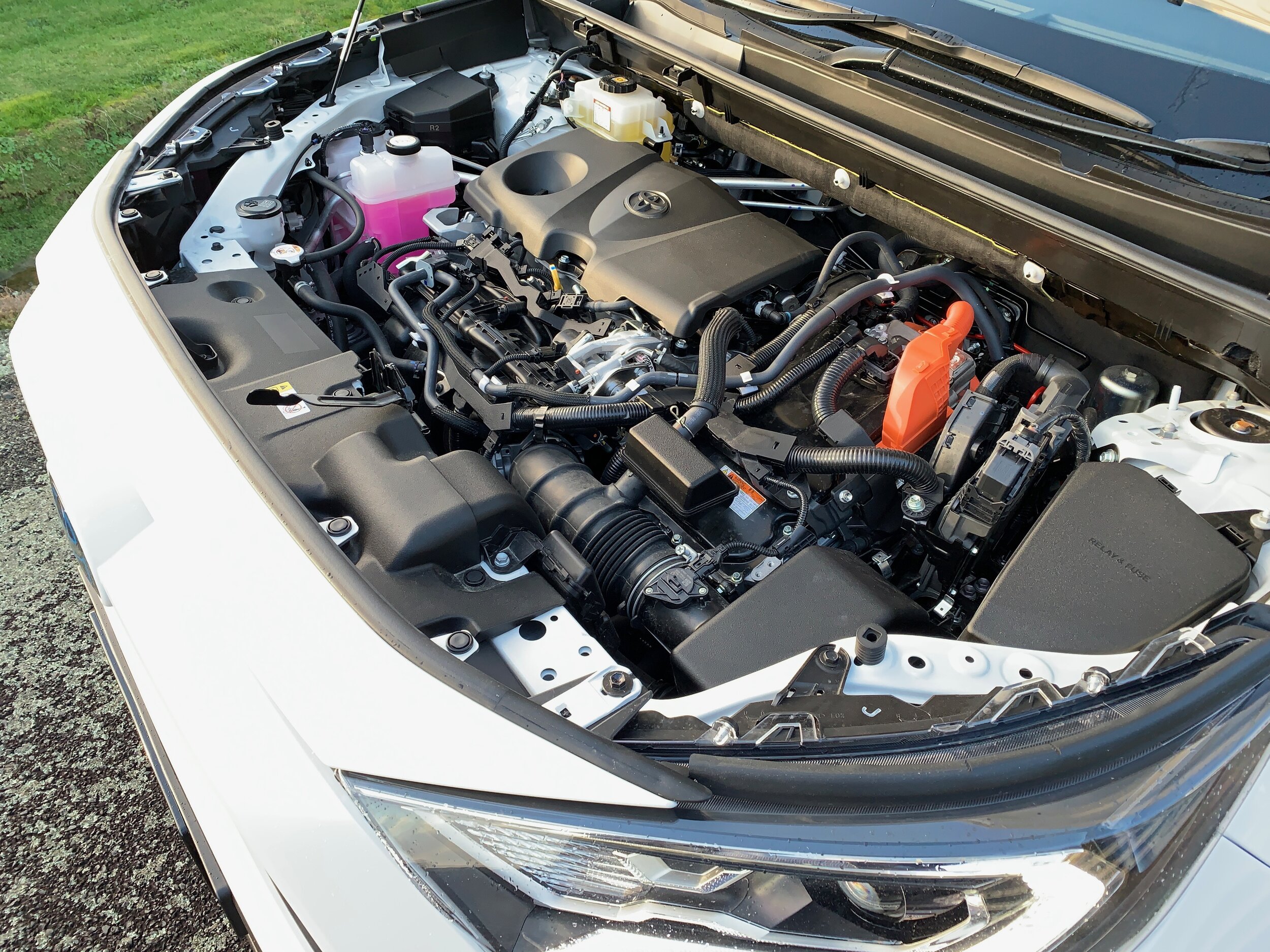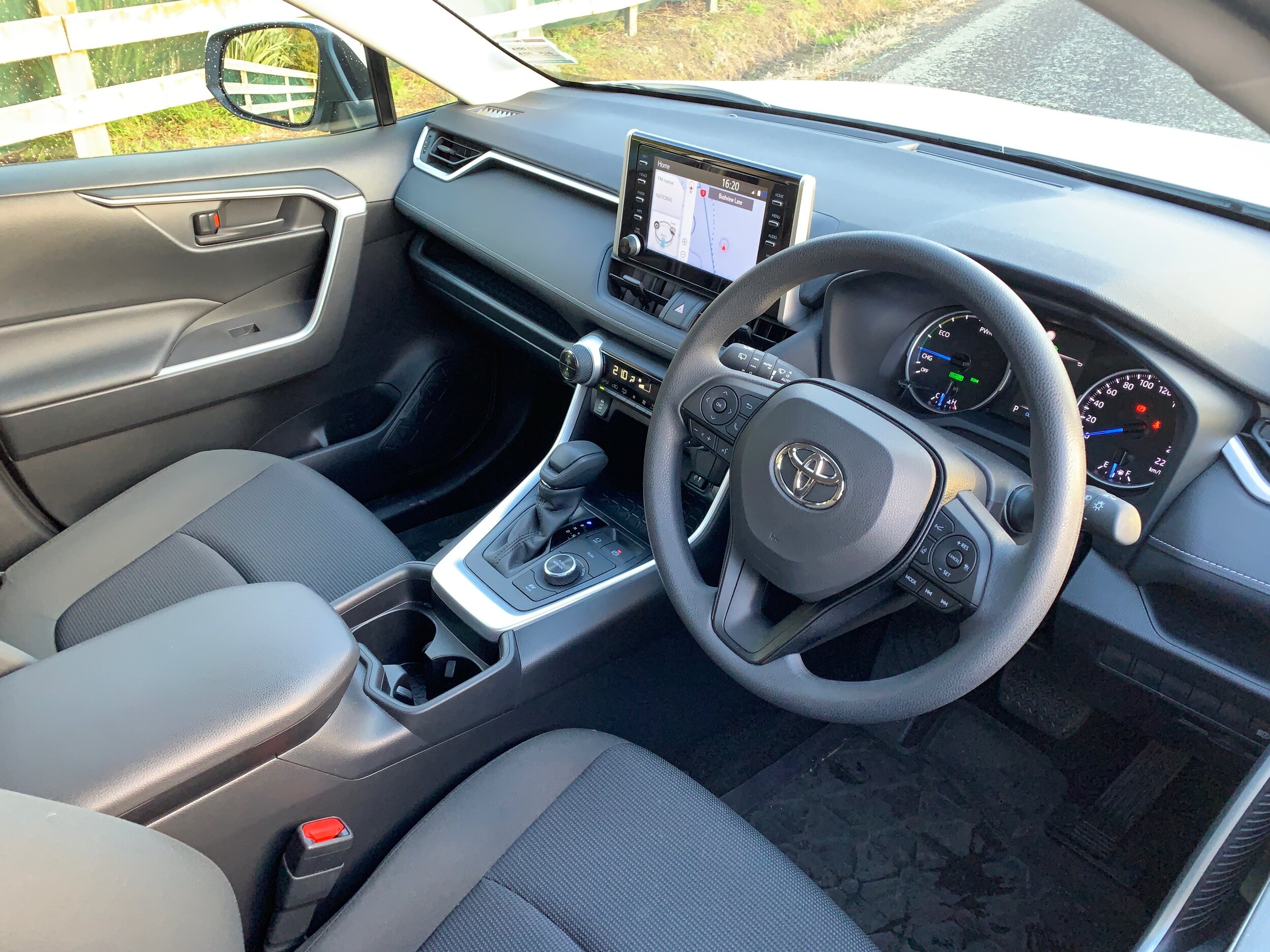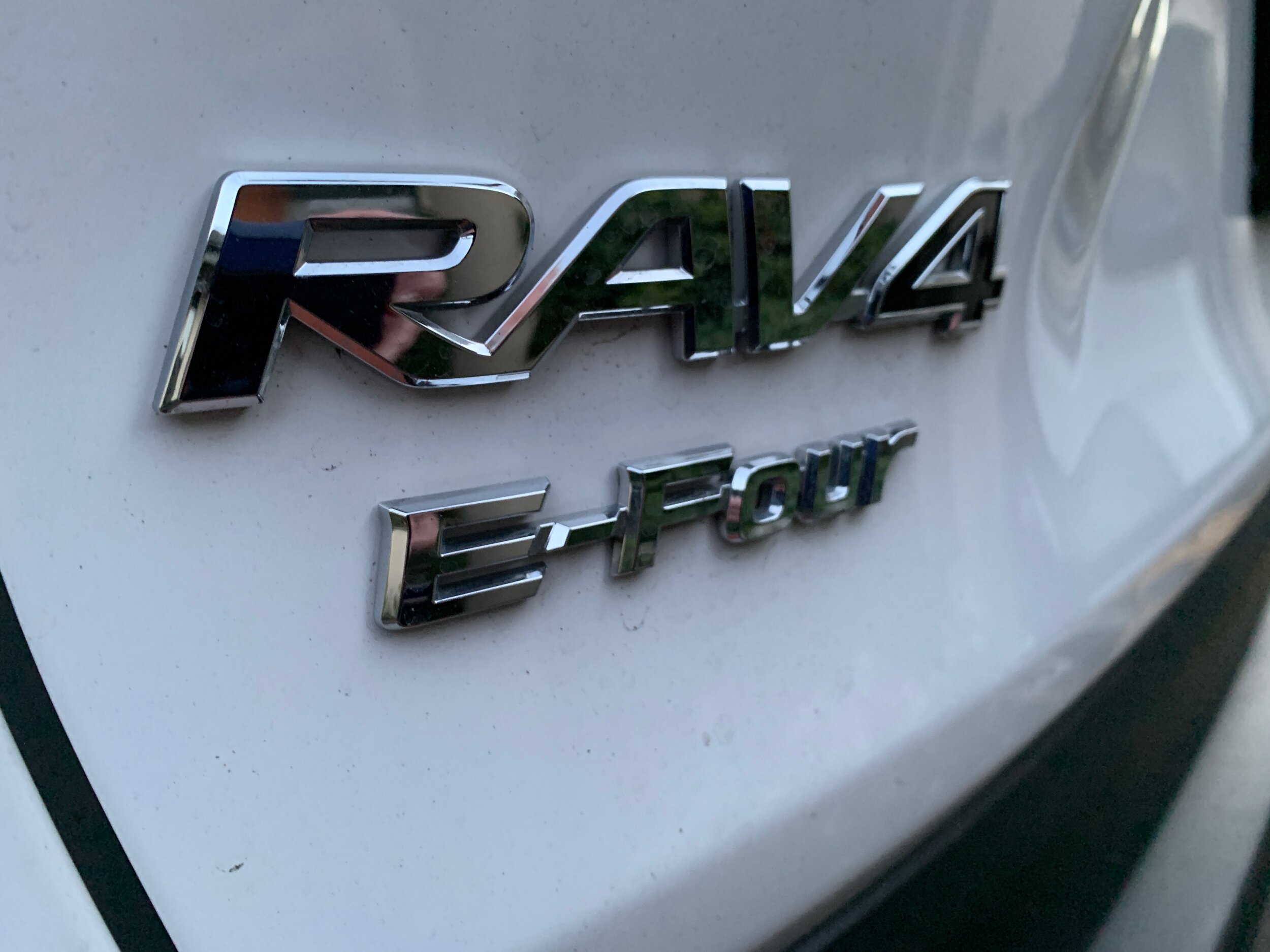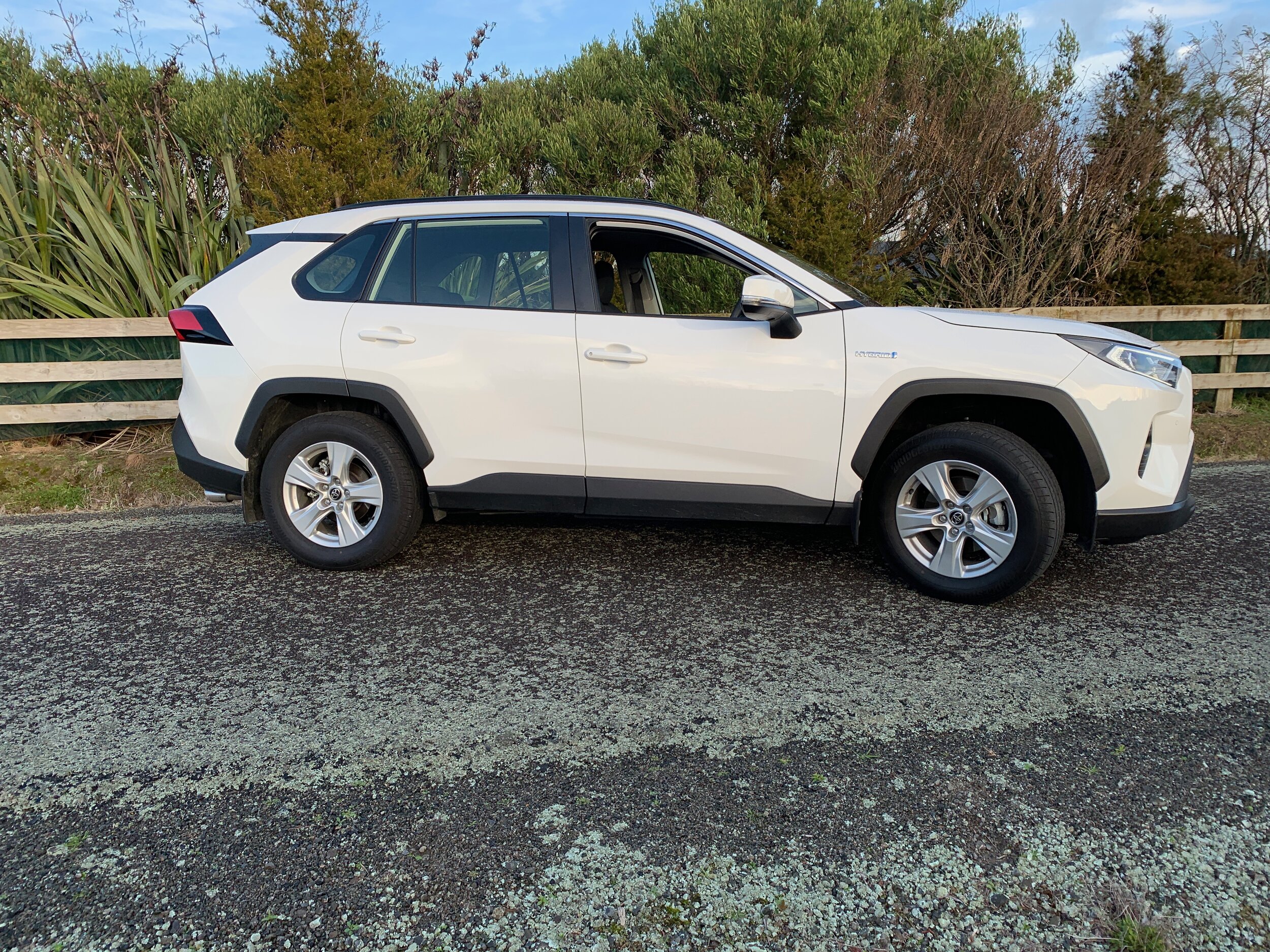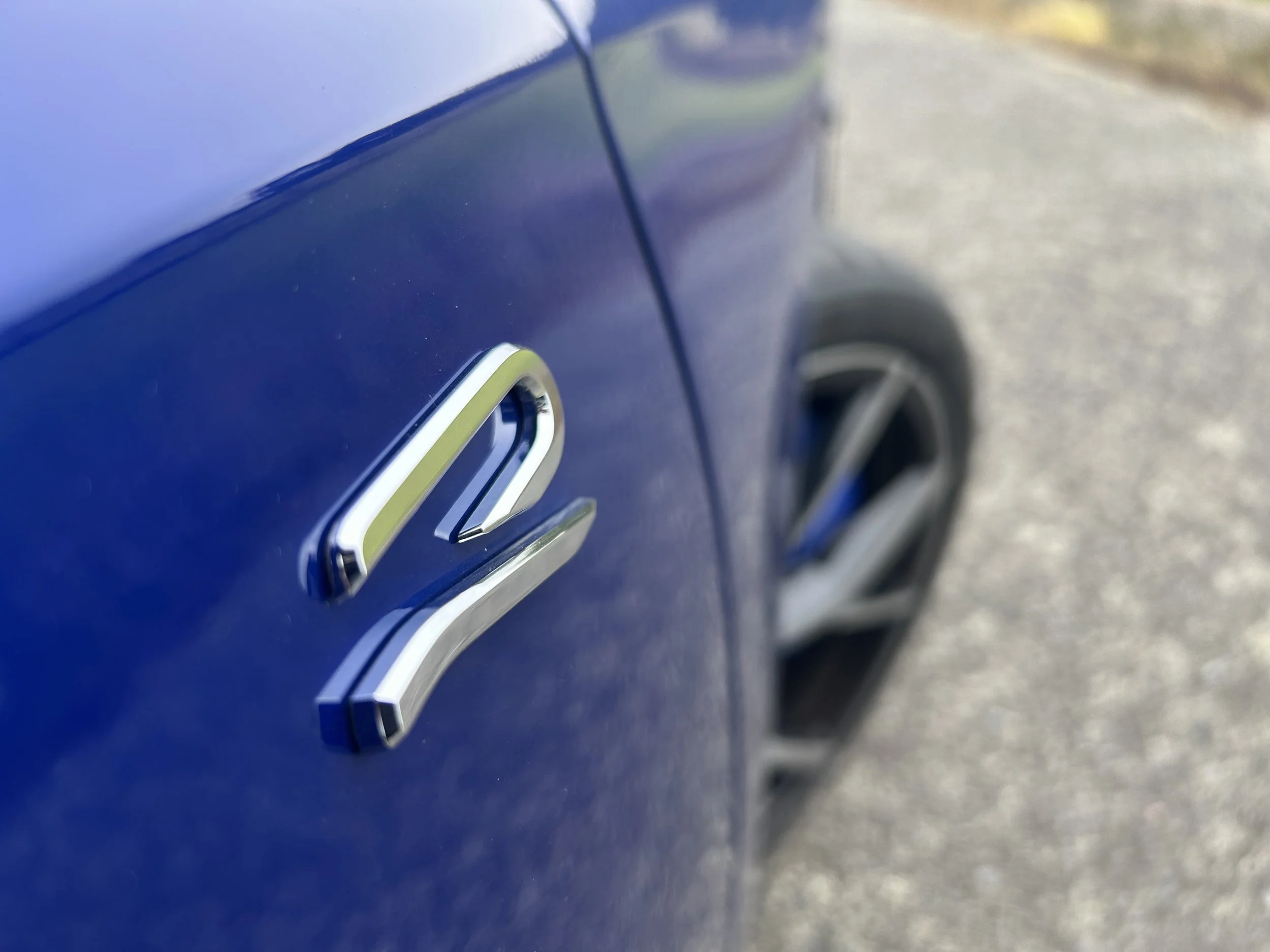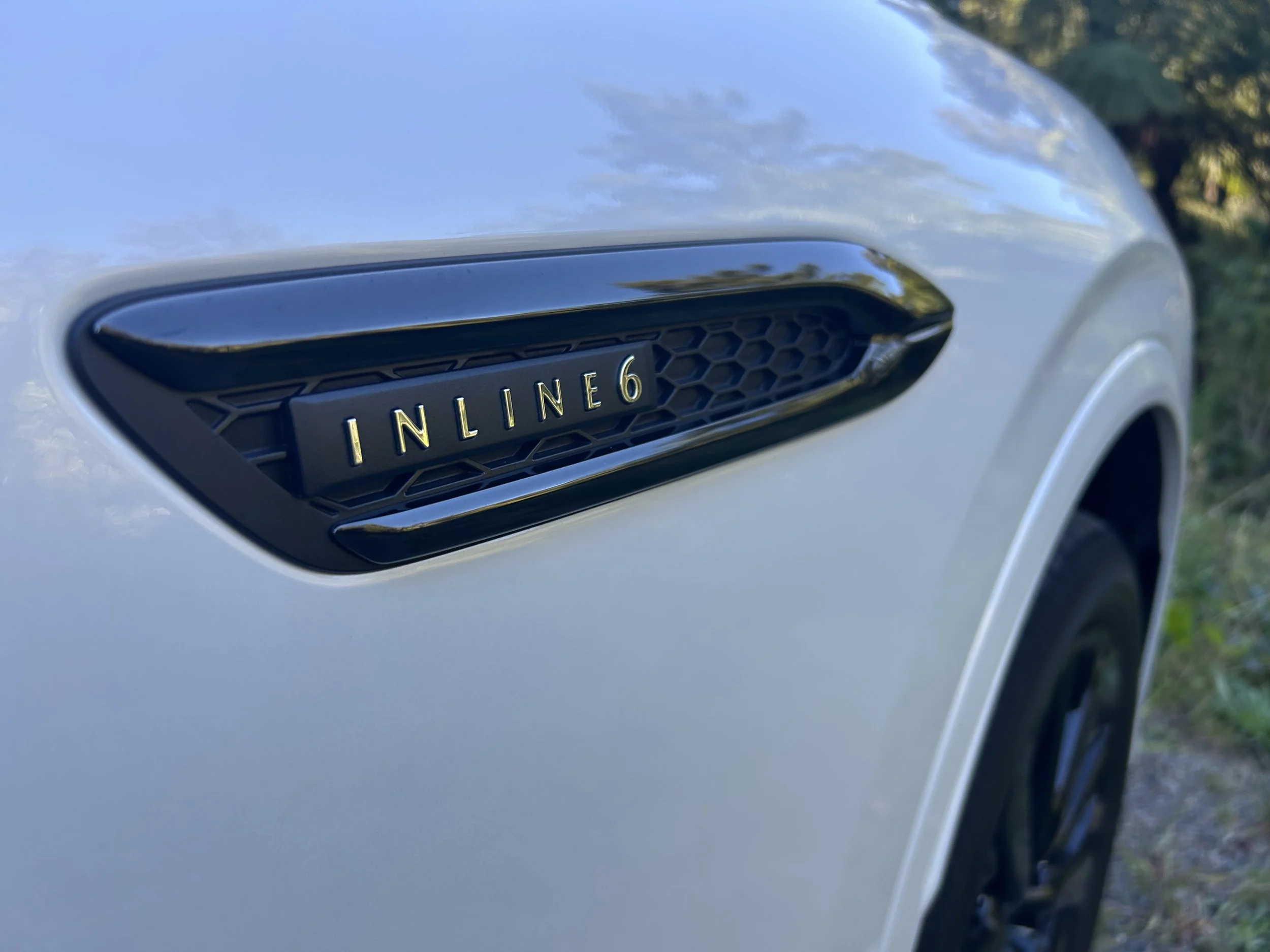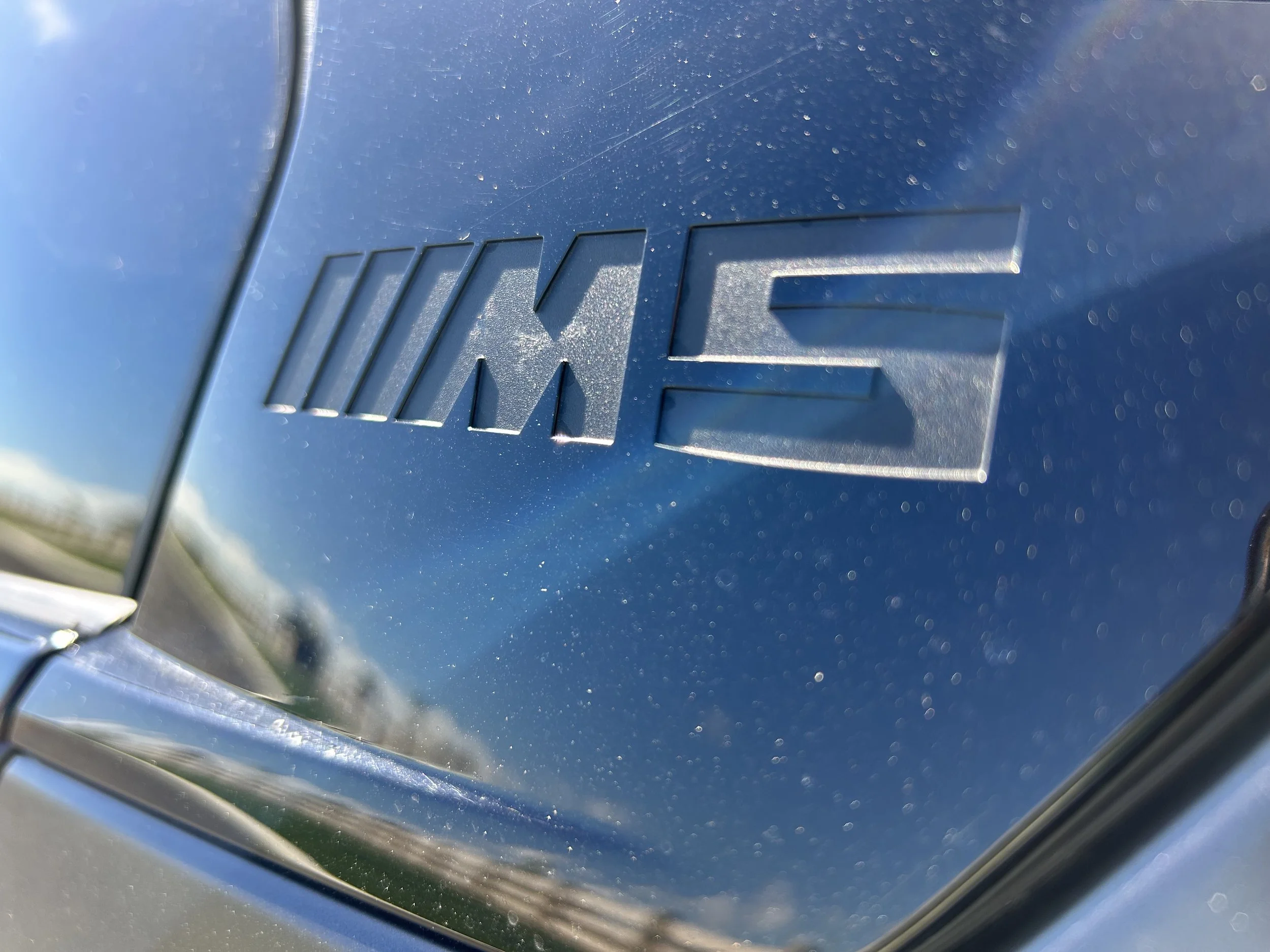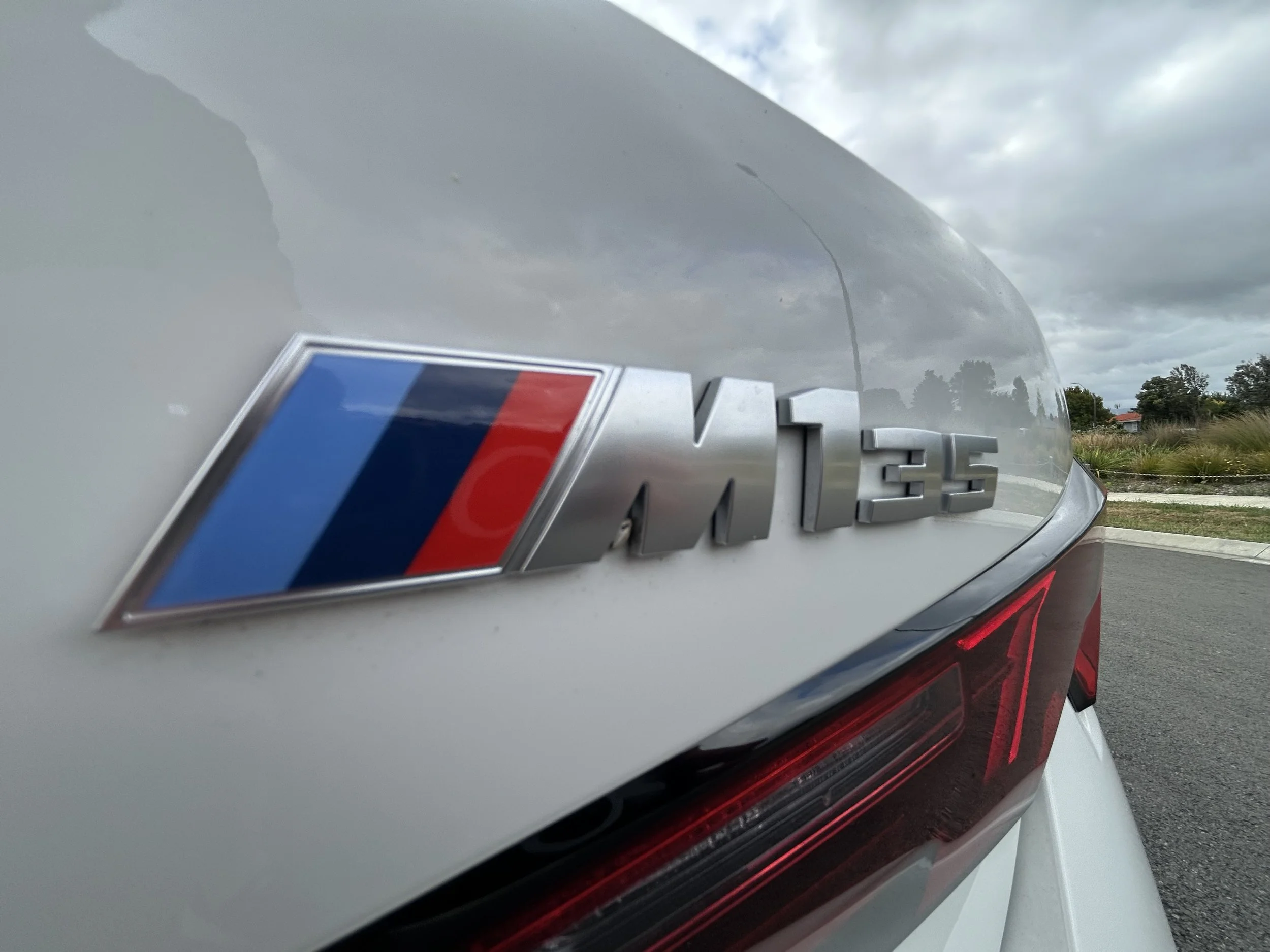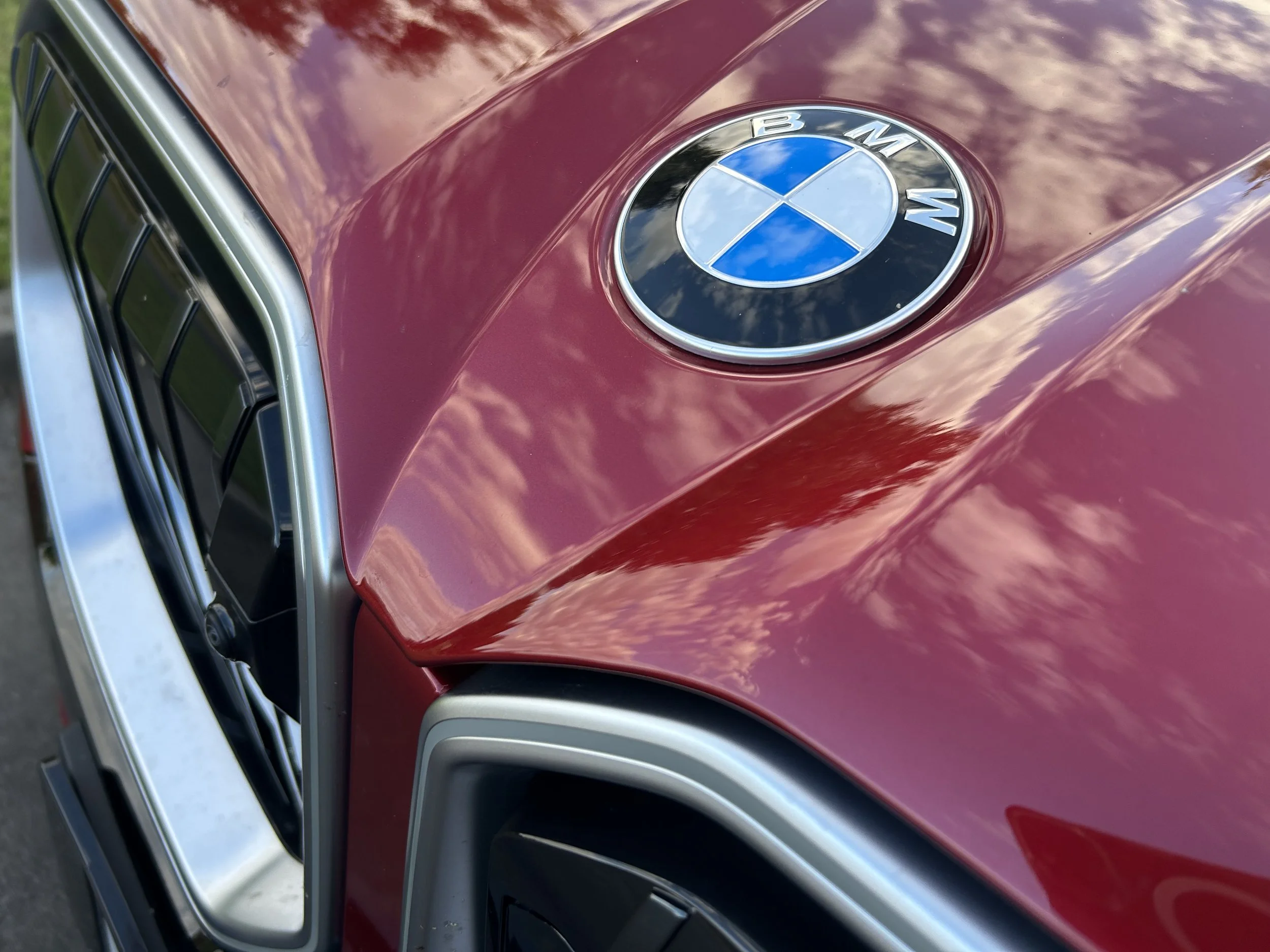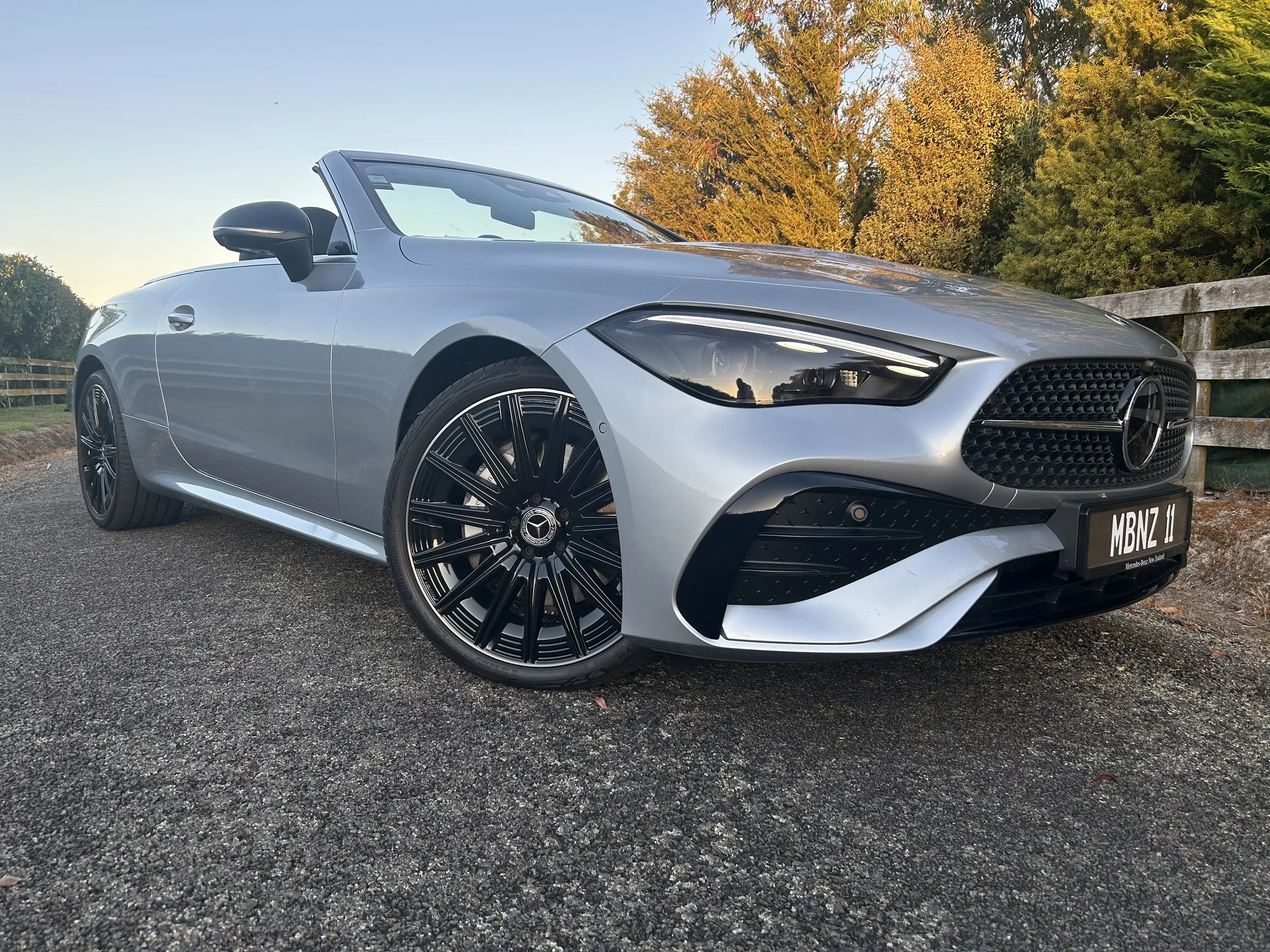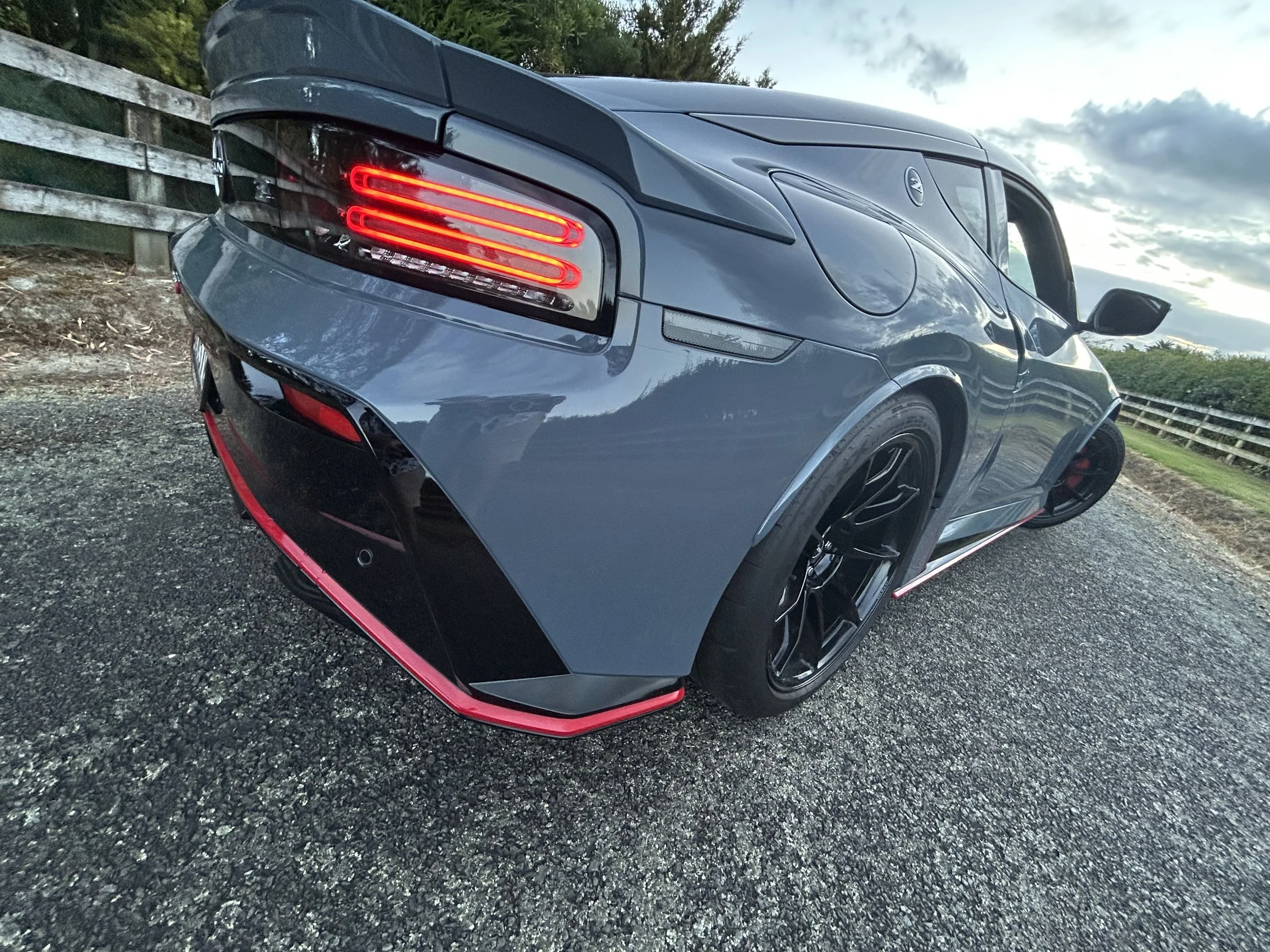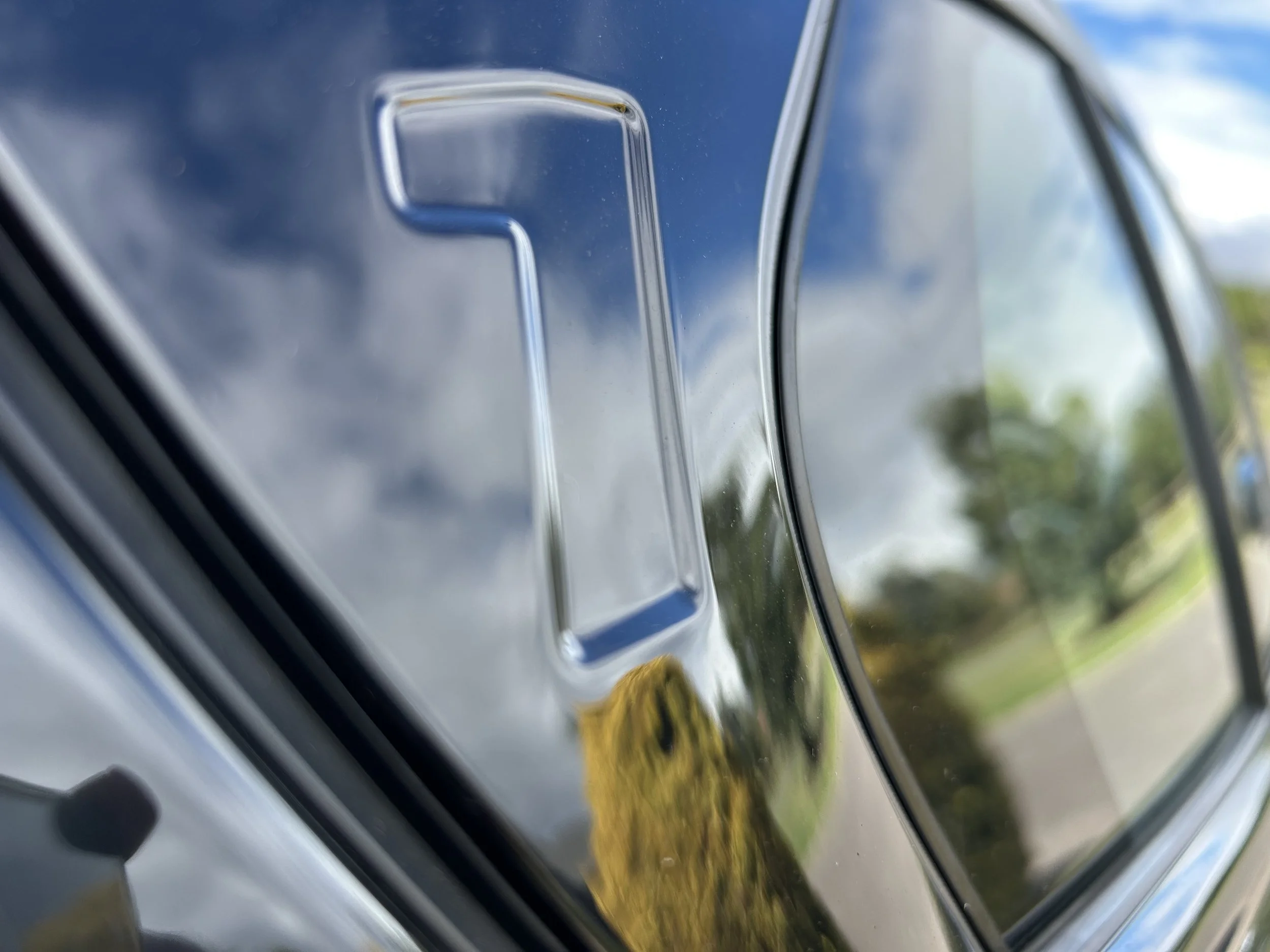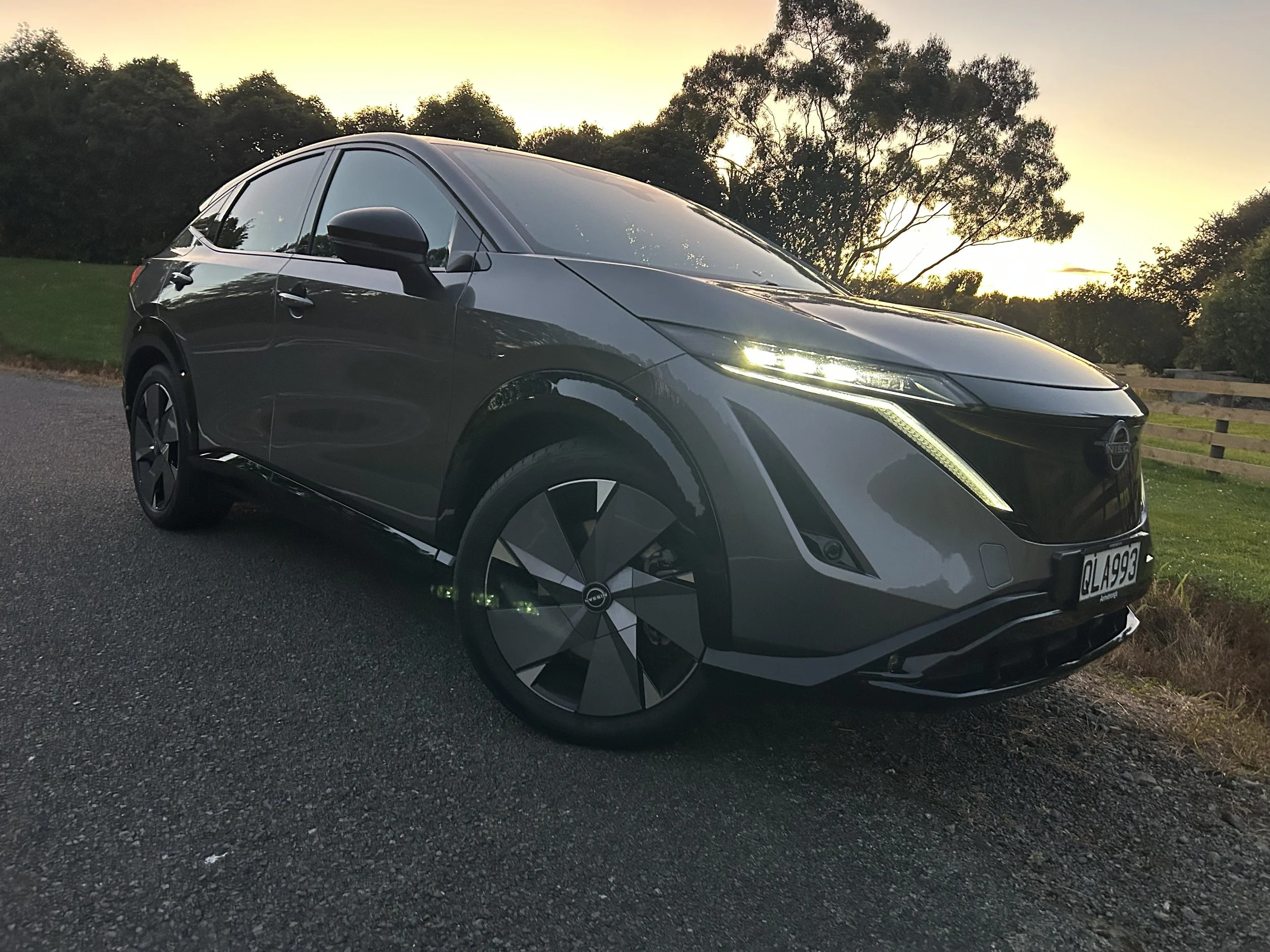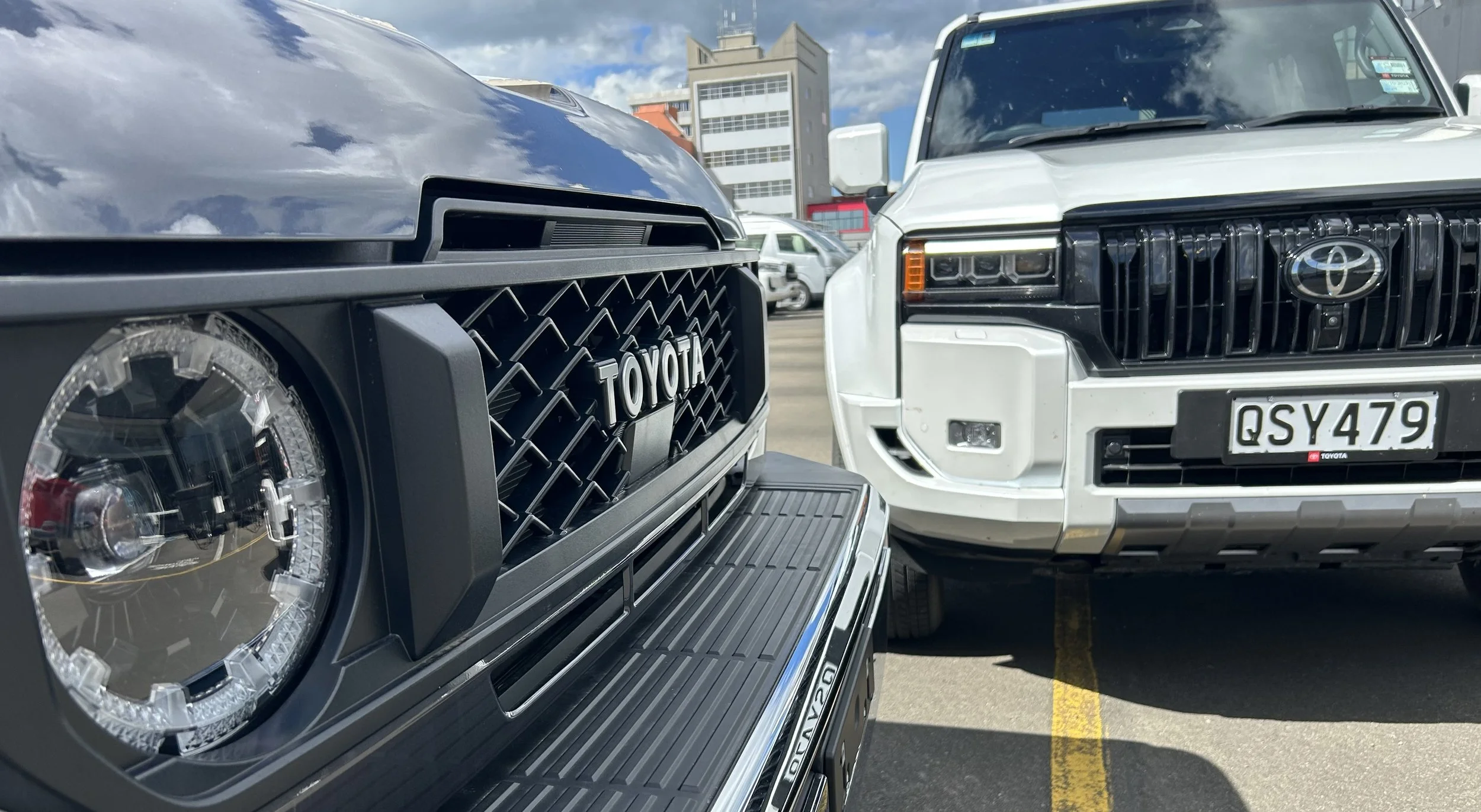Toyota Yaris Cross GX hybrid: Moving on up
/Timing couldn’t be better for a new Toyota compact SUV that’s basically a Yaris in name alone.
Price: $33,990
Powertrain and economy: 1.5-litre three-cylinder petrol engine, 67kW/120Nm, total hybrid system output 85kW. Continuously variable automatic. Official combined economy 3.8L/100km, CO2 86g/km.
Vital statistics: 4180mm long, 1765mm wide, 1590mm high, 2560 wheelbase, 16-inch alloys and 205/65 R16 tyres.
We like: Looks distinctively different to Yaris hatch, impressive interior room, good ride and handling, hybrid economy.
We don’t like: Lane trace assist is quite touchy, rear doors don’t quite open wide enough.
TALK about perfect timing. At the very time when compact SUVs take over as the most popular model type in New Zealand, Toyota introduces its first-ever offering in that market segment.
The vehicle is the Yaris Cross, which is related to the new Yaris hatch in that it is built on essentially the same platform, has the same petrol and hybrid powertrains, and boasts pretty much the same interior.
But it is in fact a much different vehicle. It doesn’t share any body panels, it is bigger and rides on a longer wheelbase, and has the SUV-style higher ride height via 30mm greater ground clearance.
All this means that although Toyota New Zealand is happily marketing the Yaris Cross as a member of the Yaris family, just as it is with the stonking little Yaris GR hot hatch, the reality is it is a separate model.
And that places the vehicle in a perfect position to take full advantage of the booming state of the compact SUV segment.
Consider these statistics. Last year it was medium SUVs that were the most popular passenger vehicle genre with a 19 percent share, while the compact models held 15 percent. But this year to date to the end of October this gap had closed to 20 percent for mediums and 19 percent for compacts – with a feature of October’s sales being a complete reversal of fortunes, with the compacts taking 23 percent and the mediums 18 percent.
Expect that gap to become more pronounced over the last months of 2020, because since the end of October we’ve seen the arrival of Ford’s nice new Puma as well as the launch this new addition to the Toyota SUV lineup.
And something that gives the Yaris Cross a potential edge over all the competition is that it is available as a petrol-electric hybrid. In fact the majority of the Cross models on offer are hybrids. The range begins with a standard petrol-engined $29,990 GX, and then moves into the hybrids – an entry GX for $33,990, a higher-spec Limited for $38,990, and topping out with a Limited with two-tone paint scheme for $39,490.
It all impresses as a rather intelligent pricing structure. The entry GX petrol’s list price is exactly the same as several other small SUVs currently on sale here including the Honda HR-V, Hyundai Venue, Mitsubishi ASX and Suzuki S-Cross.
And then there are the hybrids, which are unique in the small SUV segment. So really, it could be said that from the powertrain technology perspective the only vehicles the Yaris Cross hybrids compete against are other Toyota hybrid SUVs – the slightly larger and more powerful C-HR which costs from $36,990, and the medium-sized RAV4 from $38,990.
In many respects it is notable that the Yaris Cross has arrived in New Zealand at roughly the same time as the Ford Puma. That’s because they have a certain similarity of looks, both of them light years away from the more traditional SUV-lite design menus of other compact SUVs currently on the market.
Maybe it’s because of their European design influences – the Puma is a Ford of Europe product and is assembled in Romania, and while the Yaris Cross comes out of Japan, it is the result of a collaboration between Toyota design studios in Europe and Japan.
Compared to the swept looks of the Yaris hatch, the Yaris Cross has more chunky and rugged styling, particularly a distinctive frontal area and big squared-off wheel arches. As I said before, it doesn’t share any body panels with other members of the Yaris family.
While the Cross shares Toyota’s new TNGA-B vehicle platform with the hatch, it has a slightly longer wheelbase, the bodyshell is 240mm longer, and the roof is 90mm higher, all of which translates to superior interior room.
Our drive has been in a GX hybrid, which being an entry model is fitted with 16-inch wheels and tyres that to my eyes don’t seem quite big enough to fill the vehicle’s very large squared-off wheel arches that are framed with protective cladding. The Limited models have 18-inch wheels which I’m sure would look better.
Yaris Cross is a nice-looking small SUV though, with a particularly distinctive frontal design. The rear opens up to reveal 390 litres of load space with all seats in use, which is among the best of the compact SUV class, and the cargo area features a rear seat that can be split 40/20/40, and a 60/40 split adjustable deck board, for better versatility of use.
Interestingly, the Cross is also rated to tow 400kg. Being a hybrid, that’s less than the 1250kg tow rating of the standard petrol model, but at least it can tow – which is something the likes of the Yaris hatch hybrid and the Corolla hybrids can’t do.
Under the bonnet is exactly the same powertrain as the hatch hybrid. The petrol engine is a de-specified 1.5-litre three-cylinder Atkinson Cycle unit that for the hybrid application delivers 67 kW of power at 5500rpm, and 120 Nm of torque from 3800 rpm to 4800 rpm. When combined with the electric motor the total system output is 85kW.
That’s sufficient to give the vehicle totally acceptable urban performance. Under accelerator load the little petrol triple can get a bit noisy in a three-cylinder raucous sort of way, but overall things are very good.
During our time with the Cross we took it on a decent road trip, and I was impressed with its open road performance, ride and handling. It really does drive like a slightly higher-riding hatch, improved visibility and all.
Obviously helping things along in this regard is the Yaris Cross’ TNGA-B platform which gives it exceptional rigidity. The vehicle also carries the latest generation of the Toyota Safety Sense active safety and drive assistance package, which features such items as a pre-collision system with autonomous emergency braking, blind spot monitor, lane tracing assist, all-speed dynamic radar cruise control, automatic high beam, and eight airbags.
There are also two new safety features – emergency steering assist, and crosswind assist.
Emergency steering assist kicks into action when there is a possible collision risk in the vehicle’s lane of traffic, and the driver needs to swerve to avoid an impact. The system provides additional steering torque to help get the vehicle out of the way.
Crosswind assist uses the vehicle’s stability control system to help reduce unintended lane departure caused by a sudden crosswind gust. When it detects such a deviation, it calculates the necessary brake force required according to vehicle speed and the intensity of the deviation, and it operates the brakes on the side of the vehicle hit by the gust.
It wasn’t particularly windy during our drive, so crosswind assist wasn’t put to the test – at least I think it wasn’t, as such systems are normally so fast-acting that they have started and finished their tasks before those aboard know it.
An obvious feature of any hybrid vehicle is fuel economy. Toyota claims an average fuel consumption of 3.8 L/100km with the Yaris Cross, which I was unable to achieve. But that was because such official figures are never attained in real-world conditions anyway, particularly on New Zealand’s coarse chip highway seal. But I did achieve a 4.7 L/100km average.
The interior of the Yaris Cross is essentially the same as the Yaris hatch. At the GX level of specification the seats are black fabric with khaki-accented side bolsters. There’s also felt material used for the door trim.
Audio and entertainment is access via a 7-inch touchscreen, and the system enables both Apple CarPlay and Android Auto. Surprisingly, the vehicle doesn’t feature satellite navigation which I thought was just about a given in all vehicles these days. It is available in the Limited models, however.
Something else the GX doesn’t have, which also surprised me a little, is push-button start. I lost count of the number of times I chucked the keys into the centre console before realising I had to use them to start the vehicle. It wasn’t an issue – just a surprise.
Overall though, the Yaris Cross interior as spacious and comfortable. It has more room thanks to the fact the vehicle is longer, wider and taller, and it eats the hatch in terms of rear luggage space – which I should add, is close to double that of the larger Corolla hatch which is notorious for its lack of cargo room.
In fact the whole of the Yaris Cross experience is comfortable. I like the concept of a small SUV that is practical and rated to tow, offers the environmental and economic benefits of hybrid technology, and is a good drive both around town and out on the open road. This vehicle does all of that in spades.
















